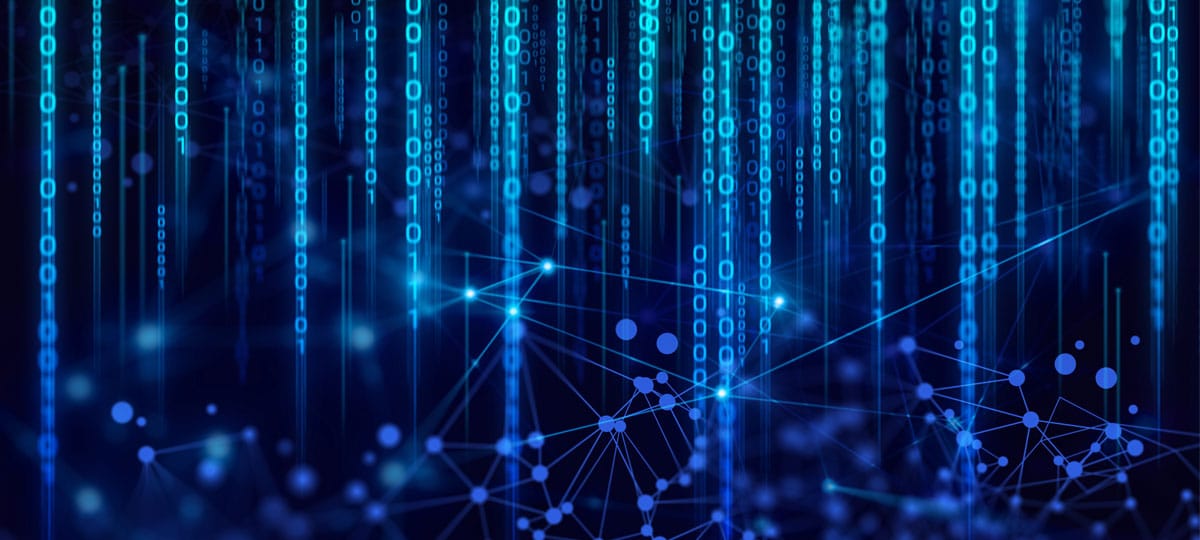SAP Datasphere Hub V2


New spheres of data analysis and simplification of data landscapes
At first glance, Franz Färber's concept was logical, stringent, almost ingenious. SAP wanted to enforce a missing app integration through a data interface without media discontinuity. Each app was allowed to direct any request to the central data hub. The hub, as master of the virtual data structures, was to orchestrate the requests and forward them to the individual apps and data silos, see graphic.
What SAP and Franz Färber embarrassingly overlooked, however, was that providing the real data via the Data Hub costs the requested apps considerable computing time. Even if the app requires only few resources for its own tasks, it would theoretically always have to maintain high computing capacities, because hundreds of data requests could arrive in the next moment. Ultimately, the theoretical data hub concept did not work in practice, and the SAP community expected a successor, a Hub V2, which is now apparently available in the form of SAP Datasphere.
SAP is presenting the next attempt at data management with its Datasphere solution. Customers will use it to access usable data across the entire data landscape, similar to the Data Hub concept. SAP also announced strategic help partnerships with data and AI companies Collibra, Confluent, Databricks and DataRobot. The partnerships are intended to fill the gaps in Datasphere and should make it possible to build a unified data architecture that brings together SAP software and third-party data under a hub concept.
Data Fabric, Hub or Sphere
The challenge is old and persists: Accessing and using data is a complex challenge because the data resides in different systems and locations, such as cloud providers, data vendors and on-premises systems. Customers had to extract data from its original locations and export it to a central location. In the process, important contextual information was lost and could only be recovered through special, ongoing IT projects and manual effort. With today's announcements and Datasphere, this effort is a thing of the past. Customers have the ability to design a data fabric architecture for managing business data that quickly delivers meaningful data with business context and logic intact.
"The SAP Datasphere offering addresses DSAG's long-standing demand for the consolidation of SAP and non-SAP data. This evolution of the SAP Data Warehouse Cloud is an important step in the right direction. The new offering is designed to simplify the complex use of data in the enterprise world by consolidating, cataloging and storing data from different sources in one place. This is intended to support the need for a holistic and integrated overview of business processes," explains Sebastian Westphal, Chief Technology Officer of the German-speaking SAP User Group.
According to a DSAG statement: "In order to meet the requirements of the digital business infrastructure, the demands on IT architectures are increasing: Edge computing, i.e. the decentralization of computing power or its relocation to the place of data generation, will further challenge today's hybrid architectures of traditional data centers and cloud platforms. Data is already being generated more efficiently in a distributed manner - by embedded sensors or devices in the context of Internet-of-Things scenarios as well as mobile, for example in vehicles or smartphones. Data is increasingly analyzed on site and provides recommendations without the need for a permanent connection to the cloud or data center.
Data and platforms
"SAP customers generate 87 percent of all global trade. SAP data is therefore one of the most valuable assets for companies and is present in the most important areas - from manufacturing to logistics chains, finance, human resources management and many other areas," says Jürgen Müller, chief technology officer and member of the SAP Executive Board. "We want to help our customers take this a step further and easily and securely integrate SAP data as well as data from other companies' applications and platforms. This will give them completely new insights and information and enable them to drive their digitization forward."

“We want to help our customers integrate SAP data as well as data from applications and platforms of other companies easily and securely.“
Jürgen Müller,
Chief Technology Officer and Member of the SAP Executive Board
The user association believes that SAP's announcement of Datasphere is thus a step in the direction of the much-cited "intelligent enterprise" - even if there is still a need for clarification with regard to the timetable for the integration of SAP solutions, in particular the SAP Analytics Cloud, and the connection of other external partners. The commercial cornerstones also still need to be examined more closely with regard to the processing of non-SAP data. Because: From DSAG's point of view, the new solution offering should offer a genuine alternative with real added value compared to the platform approaches currently available on the market, both in terms of content and commercially.
The market for data management is thus in a state of flux, and with the new solution offering SAP wants to enable its existing customers to manage a large part of the company's data and thus become an indispensable part of the increasingly digitized business models. "With Datasphere, this can succeed; if SAP purposefully continues along the path of evolution and combines simple products with attractive licensing models and rapid development progress as part of this evolution," emphasizes Sebastian Westphal. SAP user companies are now hoping for a suitable commercial offering for classic usage scenarios such as occasional users in the SAP Analytics Cloud, which is based on Datasphere as a central tool for data consumption.

"The SAP Datasphere offering addresses DSAG's long-standing demand for the
Merging SAP and non-SAP data.“
Sebastian Westphal, Chief Technology Officer of the German-speaking SAP User Group
Data Warehouse History
"As DSAG, we have closely accompanied the development of the Data Warehouse Cloud and provided many impulses that have contributed to the current positioning. Consequently, we hope that the SAP strategy in this area will bring the hoped-for added value for our member companies. It will be exciting to follow who succeeds best in integrating data from systems of other manufacturers, which is considered to be complex, and on the basis of the increasingly hybrid architecture models of the companies - as a prerequisite for making the data available for intelligent and, above all, digitalized business models in the companies," defines DSAG board member Sebastian Westphal in conclusion.
SAP Datasphere is available now and represents the next generation of the data warehouse cloud solution. Data specialists can use it to provide scalable access to business-critical data. The solution provides an end-to-end service for data integration, data cataloging, semantic modeling, data warehousing, data federation and data virtualization. This enables data professionals to distribute business-critical data across their organization's data landscape while maintaining business context and logic.
Hub, Sphere and BTP
Datasphere is based on the SAP Business Technology Platform (BTP), which provides powerful enterprise security features such as database security, encryption and governance, among others. No additional steps or migrations are required for existing SAP data warehouse cloud customers to benefit from the new features in their product environment. New features include data cataloging, which can automatically identify, manage and control data. Simplified data replication enables data to be provisioned and continuously updated in real time. In addition, advanced data modeling ensures that the rich business context information of data from SAP applications is preserved. Additional application integration capabilities that link data and metadata from SAP cloud applications to Datasphere are planned and are similar in scope to the old Data Hub concept.






1 comment
Werner Dähn
Als Kunde hätte ich folgende Fragen:
1. SAP hat richtig erkannt, dass Datensilos ein Problem sind. Wäre dann nicht die richtige Antwort, dass alle SAP Produkte Daten einfach zugreifbar machen? Also das ERP System stellt einen Stream von Änderungsdaten für alle(!!) Daten interessierten Consumer zur Verfügung? Man kann die Daten aus SAP einfach abfragen? Stattdessen werden alle APIs von SAP mit Restriktionen und Lizenzeinschränkungen zugenagelt. Vorgeschlagene Lösung von SAP: bringt auch die externen Daten zu SAP DataSphere. Das ist für SAP sinnvoll, aber für Kunden?
2. DataSphere kostet ein vielfaches von anderen Lösungen, darum fragen Kunden nach z.B. Möglichkeiten die SAP Daten nach Snowflake zu bringen. Lösung von SAP: ERP Daten können nur in das DataSphere Data Warehouse gebracht werden und dort hat man Schnittstellen nach außen um sein Snowflake Data Warehouse zu befüllen. Könnte es sein, dass man so noch teurer wird, anstatt als Kunde Geld zu sparen?
3. Der virtuelle Ansatz des Data Fabrics funktioniert nicht. Wenn DataSphere die Daten bei Bedarf aus dem Quellsystemen holt, läuft das mit der Geschwindigkeit der Quellsysteme und diese müssen für die Zusatzbelastung dimensioniert werden. Im besten Fall. Im schlechtesten Fall läuft die verteilte Abfrage viel länger, weil erst die kompletten Daten übertragen werden müssen, dann kann der Join erfolgen. Deswegen unterstützt DataSphere die Replikation der Daten. Sehr gut. Vor allem für SAP, weil dann DataSphere Speicherplatz für die kompletten replizierten Daten benötigt und das kostet viel Geld.